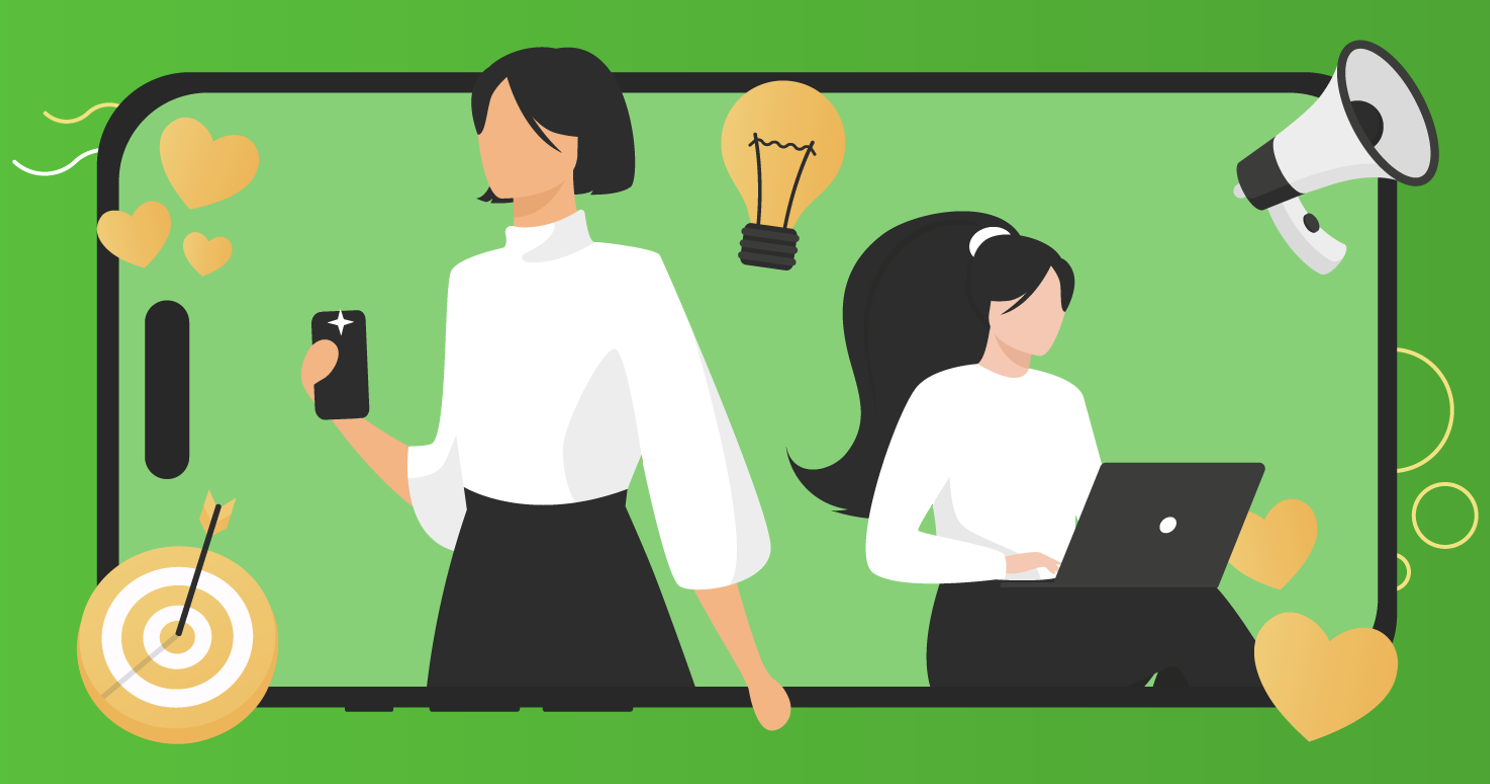Blogging is alive and kicking—but the front door to your readership is often Instagram. That’s where a cold-looking post can doom a great article before anyone reads a line. Likes don’t make prose higher, but they do shape first impressions, inform the algorithm your put up is well worth checking out, and nudge scrollers to prevent, tap, and click on. This playbook offers balanced, sensible steerage for authors who want to sell posts on Instagram and convert fans into readers—without sacrificing authenticity. You’ll learn when to consider a small paid push, how to pair that with strong content signals, and how to measure whether those likes are turning into real, returning readers.
Visibility and Instagram likes service
Instagram quietly rewards momentum. In the first hour, the platform watches for micro-signals—likes, saves, and comments—to determine whether your teaser post merits a wider check in feeds, Explore, or hashtag pages. If your content is in reality helpful however you have a small target audience, early social proof may be the distinction between being invisible and getting a fair chance. That’s wherein Stormlikes’ instagram likes carrier can function as a tactical spark: a modest, properly-timed raise that enables a extremely good teaser for your article wreck the bloodless begin so human beings (and the ranking machine) can judge it on benefit.
The Blogger’s Dilemma
You’ve crafted a sharp piece—maybe a data-driven travel guide, a nuanced policy explainer, or a deeply personal essay. Your followers are loyal but small in number, and Instagram prefers what already looks popular. You post a thoughtful carousel that summarizes the article and adds a punchy “why it matters” slide. Crickets. It isn’t the content; it’s the distribution. Buying likes strategically won’t fix mediocre writing, but for an author with quality work and limited reach, it can serve as a bridge: social proof to earn a chance at discovery while your organic base grows through newsletters, search, and repeat readers.
Engagement Decay
Most interactions land early; then attention decays. Use this as a timing guide—not a superstition.

What this means for bloggers:
- The first 2–3 hours often deliver the majority share of total likes and saves.
- Posts that fail to gather momentum quickly rarely resurface later without new signals.
- Seeding early engagement can extend your post’s “alive” window long enough for real readers to discover and share it.
Organic vs. Boosted Performance

| Approach | Strength1 | Weakness |
| Organic Only | Highest trust; compounding over time | Slow start; easy to get buried |
| Paid Boosts (Likes) | Fast visibility; improves CTR to blog | Needs strong content to sustain interest |
| Ads | Precise targeting; scalable budgets | Costly; creative fatigue possible |
Takeaway: Use a small likes boost only where your content is already resonant (saves, replies, click-throughs) or time-sensitive (news, launches, seasonal guides).
Content + Likes Synergy
Lead With the Hook
Your first frame should reveal the article’s payoff: “Map + budget for 48 hours in Chiang Mai.”
Prove It Fast
One data point or quote in-frame builds credibility: “Median hostel price dropped 9% this month.”
Make Clicking Obvious
Caption with a direct CTA (“Read the full guide—link in bio”), and mirror the phrasing on the landing page.
Stack Formats
Post a reel teaser, a 5–6 slide carousel, and two story sequences (one now, one later). Each drives to the same article.
Time the Spark
If you’ll use a small boost, trigger it at publish or within the first hour, then be present to answer DMs and pin clarifications.
Teaser Architecture for Higher Click-Through
- Frame 1 (Outcome): The headline promise from your article—visually, not just text.
- Frame 2 (Evidence): A chart crop, quote, or number that earns trust.
- Frame 3 (Process): How you got the insight (methods, sources, or trip data).
- Frame 4 (Utility): A checklist or mini-itinerary that stands alone (so saving is rational).
- Frame 5 (CTA): “Full post with maps + templates—link in bio.”
This flow reduces friction: viewers understand the value before they make the click decision.
Measuring Whether Likes Become Readers
Likes are a leading indicator, not the goal. Wire up a simple measurement loop:
- UTM links in bio and stories to attribute traffic from Instagram.
- Landing page message match: headline and visuals should mirror the teaser’s promise.
- On-page signals: scroll depth, time on page, clicks to related posts.
- Reader capture: light-weight newsletter module mid-article (“Get the Google Map when we update routes”).
- Post-publish review: compare boosted vs. non-boosted posts for CTR, bounce, and conversion to subscribers.
If you see higher CTR but poor on-page behavior, the problem isn’t the boost—it’s alignment or article depth.
Case Story: The Niche Essayist

An essayist writing about urban design posts a carousel: aerial before/after photos, one stat about transit ridership, and a one-sentence thesis. With a small audience, early engagement typically flatlines. This time, they trigger a modest boost at publish, then answer comments thoughtfully and pin a Q&A about sources. The post gains saves, enters Explore for local hashtags, and delivers 1,600 additional visits in 24 hours. The essay collects 220 newsletter opt-ins and 40 paid supporters over the next week. Momentum came from the content; the likes only opened the door faster.
Sustainable Playbook
Week 1: Build a teaser template library (reel opener, 6-slide carousel, stories). Draft two “evergreen” posts and one time-sensitive piece.
Week 2: Publish three teasers; use a small likes boost on the most promising article. Install UTMs and review landing-page speed.
Week 3: Repurpose winners to stories with fresh captions and a one-tap link. Launch a content upgrade (PDF checklist or map).
Week 4: Audit analytics. Keep a table of topics that convert to subscribers and those that only drive vanity metrics. Adjust your next month’s plan toward conversion-heavy themes.
Ethics & Reputation
Treat boosts as distribution, not deception. Don’t buy comments that mislead, don’t inflate numbers for clients, and don’t let a like push mask a thin article. Disclose partnerships as needed. Make sure your content can stand without the boost: clear sourcing, real images, and helpful takeaways. Over time, credibility will do more for your readership than any spike.
FAQs
Will buying likes hurt my reach?
Used sparingly and paired with strong content, it typically helps the algorithm test your post; overuse or mismatched content can backfire.
What’s a reasonable spend?
Start tiny—enough to avoid the zero-engagement look during the first hour. Scale only if CTR and subscriber conversion improve.
Is this better than ads?
Different tool. Likes are social proof; ads are targeted distribution. Many bloggers use both, but only after validating the creative.
Likes won’t write headlines or craft arguments—you do. But when you’ve done that work, a targeted nudge can make sure people see it while it’s relevant. Used with intention, measurement, and strong teaser architecture, boosts can translate into real readers and subscribers. With careful, transparent use of Stormlikes’ instagram likes service, you can bridge the discoverability gap, move high-quality posts into more feeds, and convert casual scrollers into loyal followers of your work.
I used to write about games but now work on web development topics at WebFactory Ltd. I’ve studied e-commerce and internet advertising, and I’m skilled in WordPress and social media. I like design, marketing, and economics. Even though I’ve changed my job focus, I still play games for fun.
